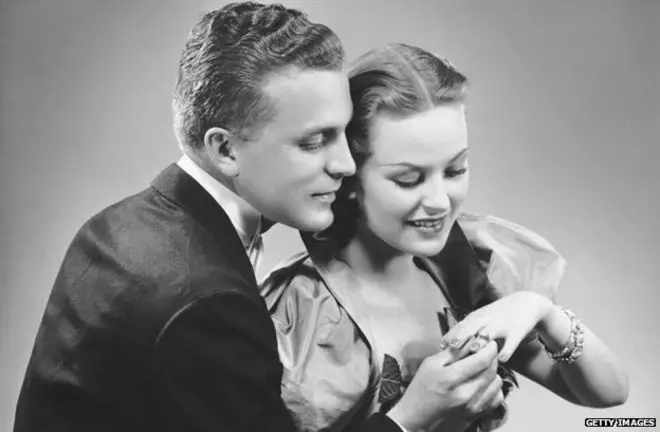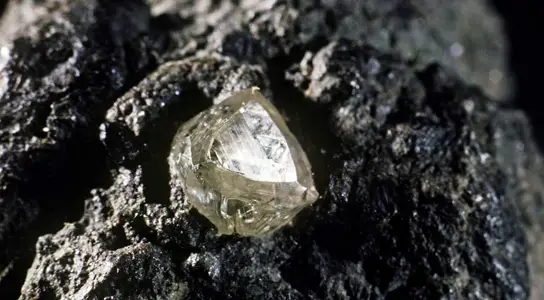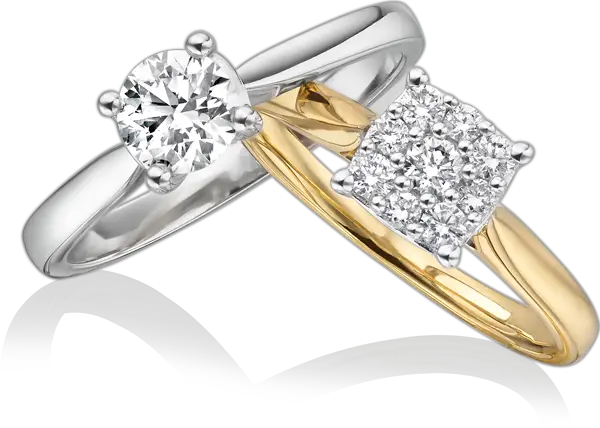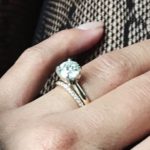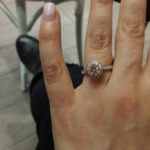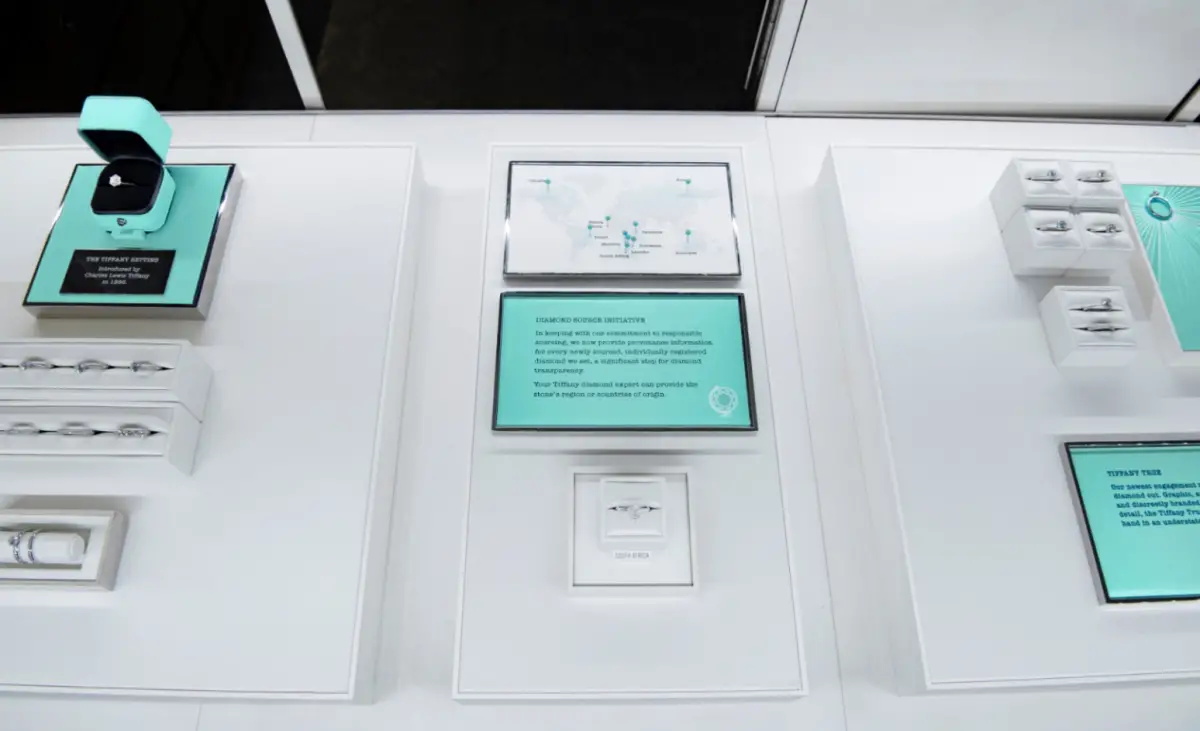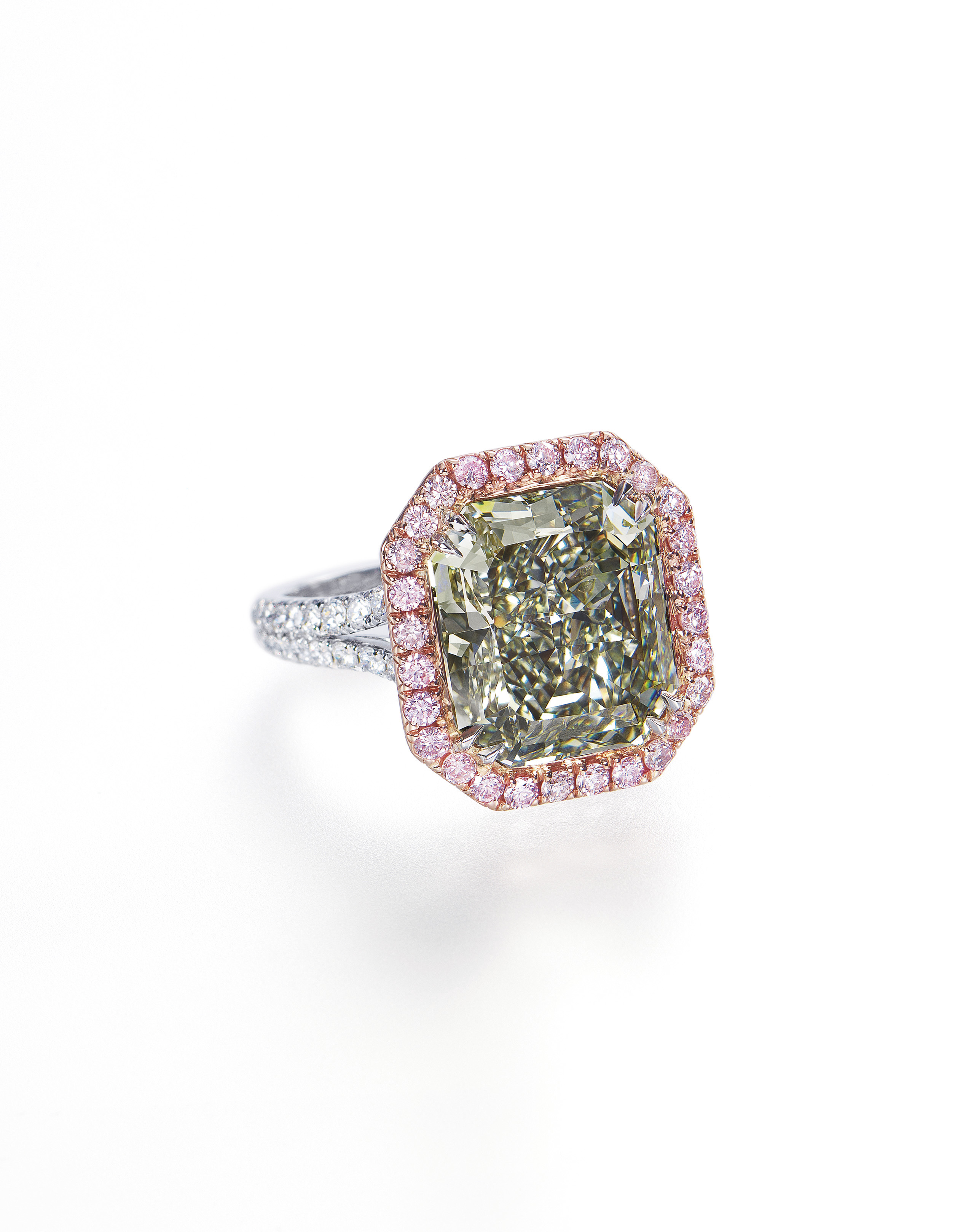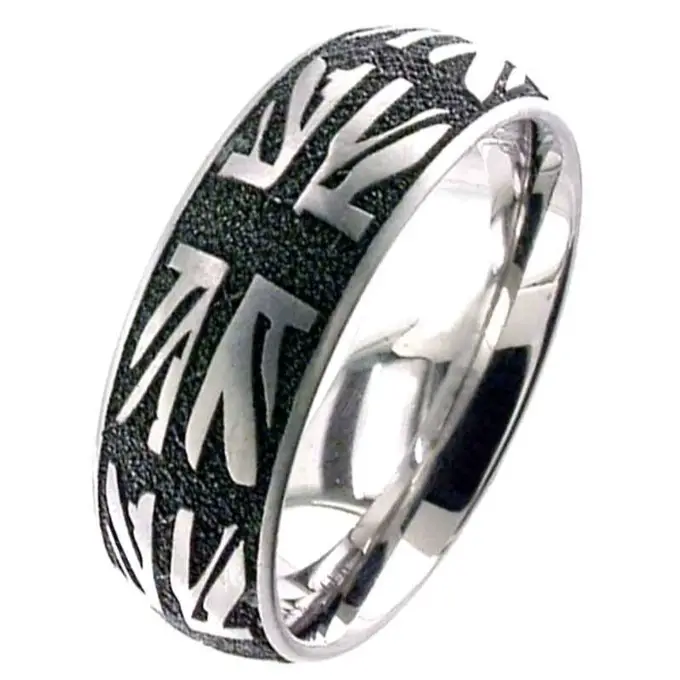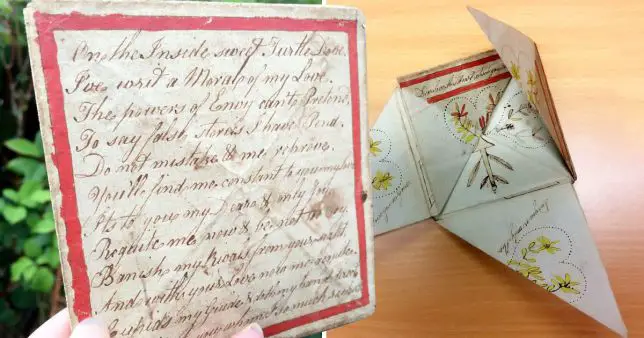We all know the meaning and symbolism behind the engagement ring. It identifies the wearer as someone who is engaged or married, it’s a symbol of your love for one another and the committed relationship you’re in, and it makes a nice accessory to have on your hand too. But have you ever thought about where the engagement ring tradition comes from? Here’s a brief history for your reading pleasure…
There is historical proof of the practice of giving and receiving engagement rings dating as far back as ancient Rome. The ancient Egyptians and Greeks are also regularly cited as the inventors of engagement rings, but the only definite mentions of them being worn on a regular basis for the purpose of marriage or intended marriage comes from the ancient Romans. They rightly believed that a vein on the fourth finger (left of the middle finger) on the left hand led directly to the heart, and for them this was as good a symbol as any that someone was in an important relationship.
For the Romans, public life was highly important and completely different to private life. Keeping up appearances was something wealthy families spent a lot of time on: and for that reason, they wore gold rings in public and iron rings at home (iron was a very popular metal in ancient times). Initially it was a practice reserved only for noble families, but over time it became common for just about everyone to wear iron rings as sign that they were bound in some kind of commitment; if not as a husband or wife, as a servant or a loyal follower.
The next step on the engagement ring’s journey requires fast forwarding a few centuries and moving more to the west of the European continent. The Visigoths, Germanic tribes who spread out over the region in the 7th century, had it written into their laws that ‘when the ceremony of betrothal has been performed and the ring has been given or accepted as a pledge, although nothing may have been committed in writing, the promise shall, under no circumstances, be broken.’
By the 12th century, this idea was further cemented in the minds of Europeans when the Vatican introduced the ‘banns of marriage’, stating that there could be no clandestine marriages and all marriages must be announced to the public in advance; so engagement announcements became a thing, and the ring stayed alongside it as a non-verbal announcement too.
By the Middle Ages, the use of simple iron and gold rings was widespread. and expanding trade meant that more materials were available. These new materials – namely jewels – were exclusively used by the wealthiest members of society (since they were the only ones who could afford them) to adorn their rings. Mary of Burgundy was the first to wear a diamond engagement ring, presented to her by her future husband Archduke Maximilian of Austria in 1477. Everyone else followed suit, and soon jewelled engagement rings were worn alongside the original plain wedding rings.
And then came the diamond rush. The first large deposit of diamonds was discovered in 1867 in South Africa. Five short years later, in 1872, the rate of diamond mining had exploded to over one million carats per year – and that’s without the sophisticated mining equipment we have today. People wanted diamonds of all shapes and sizes, for all kinds of jewellery. Despite the increase in availability and the lowering in price however, diamond engagement rings were still seen as the reign of the upper classes only.
That is, until gigantic diamond traders DeBeers kick-started a hugely successful marketing campaign in 1938 which brought diamond engagement rings to the masses. Ever heard the old saying that a diamond engagement ring should cost two months of your salary? That idea was put in public consciousness by DeBeers. How about ‘diamonds are forever?’ Also DeBeers!
From that point on, diamond engagement rings became a standard gift for all brides to receive when their other half proposed marriage, and for most brides, it’s still the go-to choice today.
Other interesting elements of the engagement ring’s history:
- 1886: Tiffany’s introduces the ‘tiffany setting’, otherwise known as the still extremely popular six-prong setting for round brilliant cut diamonds, which lets the most light in and sets the diamond high above the band.
- 1918: Cartier create their own signature engagement ring; the Trinity Ring, which features three intertwined hoops of rose gold, yellow gold and white gold, symbolising love, fidelity and friendship respectively.
- 1920: A select few jewellery companies decide to launch engagement rings for men. The concept fails spectacularly, not least because of the worldwide economic crisis that was happening at the time.
- 1969: Richard Burton and Elizabeth Taylor purchase the largest diamond engagement ring of all time; 68 carats! It’s so heavy that Taylor can’t wear it as a ring, and instead makes it the centrepiece of a specially commissioned, $80,000 diamond necklace.
- 2000: The World Diamond Council is formed to develop and oversee tracking systems for all mined diamonds, in an attempt to stop the rise of blood diamonds.
